International Men's Day: Six artists who have challenged ideas of masculinity

Artists are always looking to challenge the status quo – and even men can't escape.
It’s International Men’s Day, and while some may say that men don’t need too much help spreading awareness about themselves, it is a day instead to consider issues surrounding men’s health – mental and physical – and the male role in achieving gender equality.
These are the artists who have challenged ideas of masculinity contemporary to their time – that men can never be vulnerable or break out of strict heteronormative confines – and have addressed what it means to be a man in society.
Michelangelo
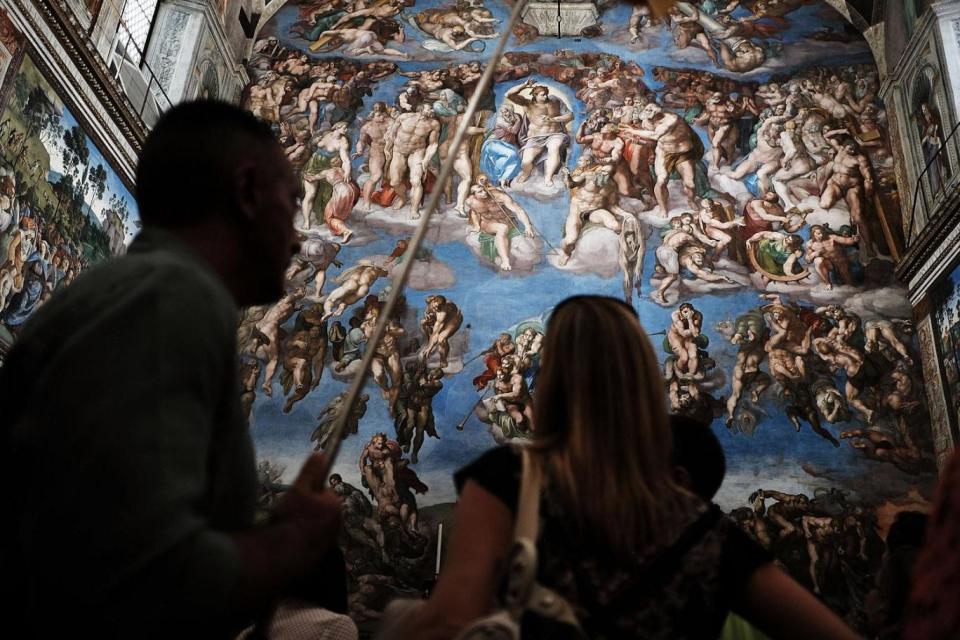
Way back in 1508, Michelangelo started work on the ceiling of the Sistine Chapel in the Vatican City, and decorated it with scenes from the Bible. The work was, however, considered shocking among many members of the church, Michelangelo having filled it with detailed depictions of entirely nude, muscular men. Satirist Pietro Aretino lead the criticism, accusing Michelangelo of being gay (probably true, but definitely frowned upon at the time) and calling him “godless”. After Michelangelo’s death, another artist was hired to cover up some of the genitals with fig leaves. Today, Michelangelo is celebrated as a pioneer of anatomical drawing, and the Sistine Chapel is considered one of the greatest artworks in the world.
Grayson Perry
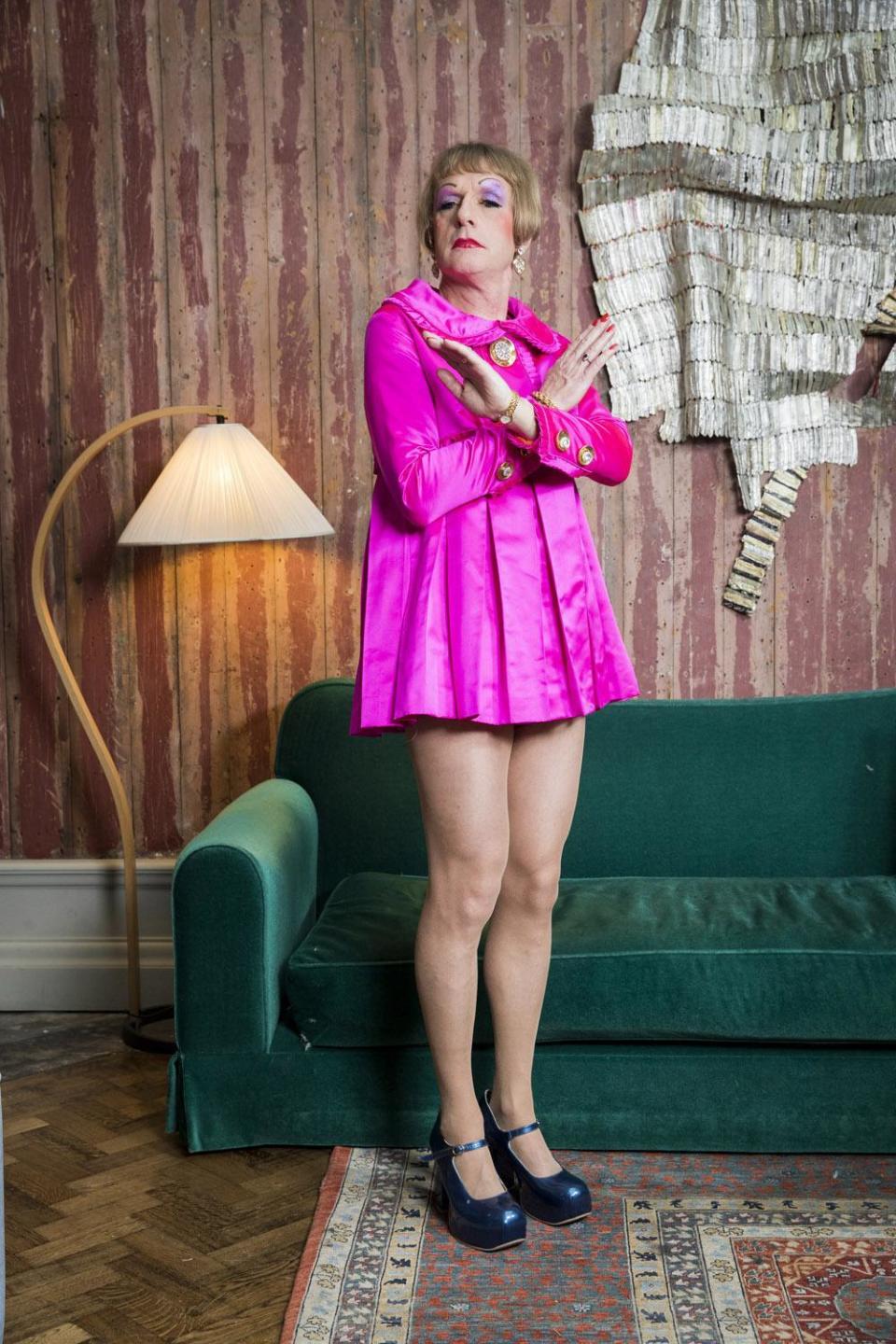
Meet Claire – the stylish alter ego of Turner Prize winning artist Grayson Perry. Perry is a self-styled “transvestite potter” who enjoys mountain biking, ceramics and wearing women’s clothing. His remarkable ceramic work has long tackled issues of male identity including in works A Men Are Bastards and Death of a Working Hero. Perry documented the making of the latter in a 2016 documentary called All Man, in which he travelled the UK discussing masculinity and meeting families of male suicide victims. He then further investigated the crisis of British male identity in his book The Descent of Man.
Marcel Duchamp
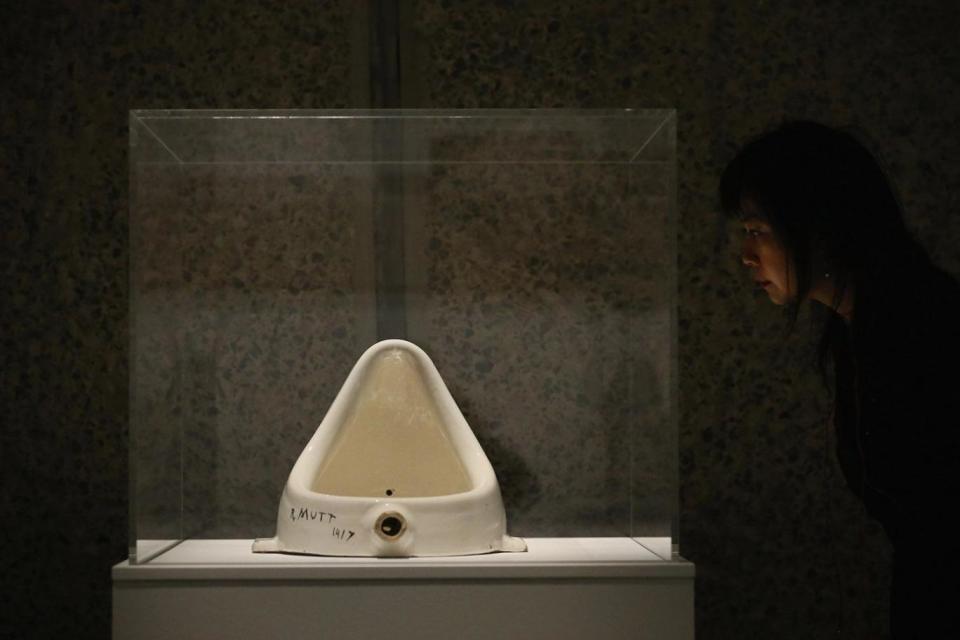
Grayson Perry is by far from the only artist to have tackled gender in his work, and in his wardrobe. Dadaism was an art movement that sought to dismember societal rules, and one of its proponents, Marcel Duchamp looked to do just that with his gender. Duchamp appeared in many portraits by the photographer Man Ray dressed as the glamorous Rrose Selavy, a pun on the French phrase “Eros, c’est la view”, and used the name as a pseudonym on many of his works. His most famous work, Fountain, also had something to say about masculinity: Duchamp took an urinal, put it on a pedestal, and called it art. The intimate original function of the object made it all the more absurd.
David Hockney
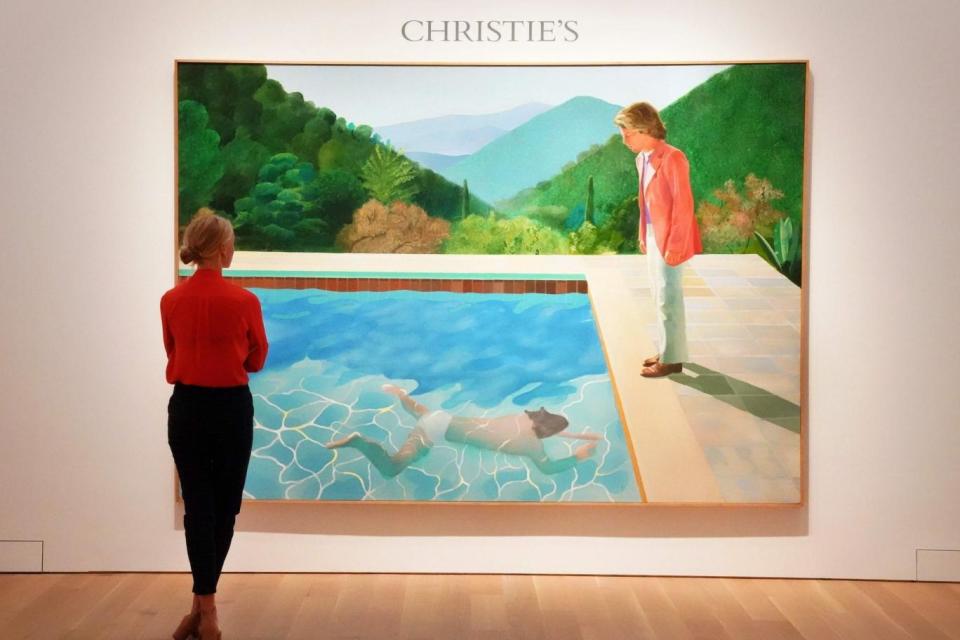
In the mid-sixties, David Hockney moved to LA. There he made multiple paintings of gay men – either alone or together in relationships, in pool and showers – that were at once sensual, tender and personal. The painting, Portrait of an Artist (Pool with Two Figures), shows David Hockney’s partner at the time, Peter Schlesinger, standing at the edge of the pool looking down at a swimming figure, possibly Hockney. It was painted just five years after homosexuality was decriminalised in Hockney’s native Britain – last week, it became the most expensive artwork by a living artist ever sold at auction.
Robert Mapplethorpe
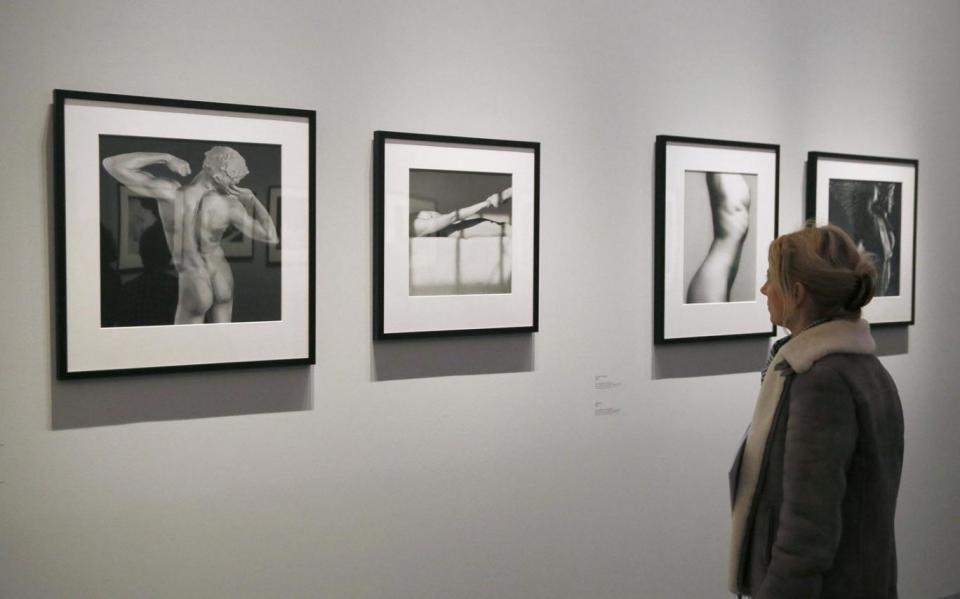
Photographer Robert Mapplethorpe took the male gaze and made it the male-on-male gaze, his work often taking naked male bodies and viewing them in a sexually charged fashion. Mapplethorpe himself appeared in a number of self-portraits, his guises ranging from gun toting hardman to made up diva. The homoeroticism in his artwork caused controversy in the summer after his death in 1989, with protestations from some over the National Endowment for the Arts support for a posthumous show which included photos featuring gay BDSM.
Kehinde Wiley

Contemporary painter Kehinde Wiley exposes the absurdity of the masculine ego’s historical use of Western portraiture to soothe and bolster it. Wiley looks to traditional society portrait poses of centuries past – people riding horses, men with one hand on their hip, one on their sword – and replaces the expected white figures with contemporary black individuals. One of Wiley’s paintings, Napoleon Leading the Army Over the Alps, shows a black man riding a bucking horse and brandishing a sword – but weaved among the patterned background are tiny sperm cells, shaking masculinity down to its core.

